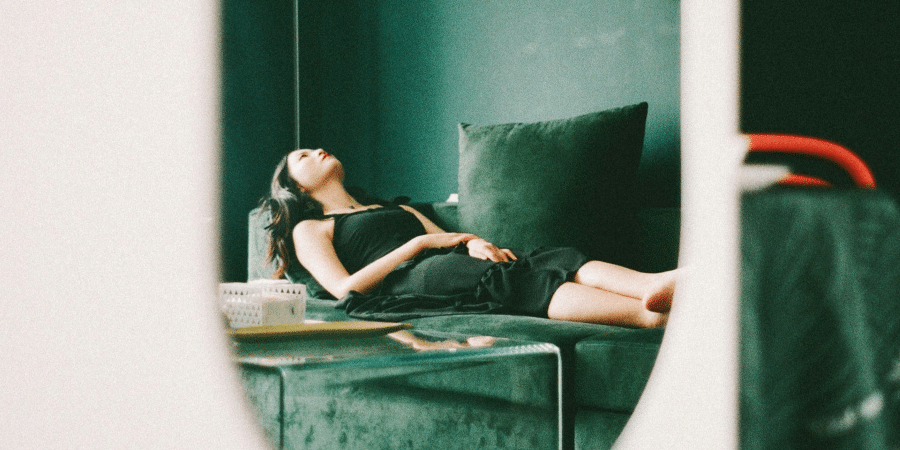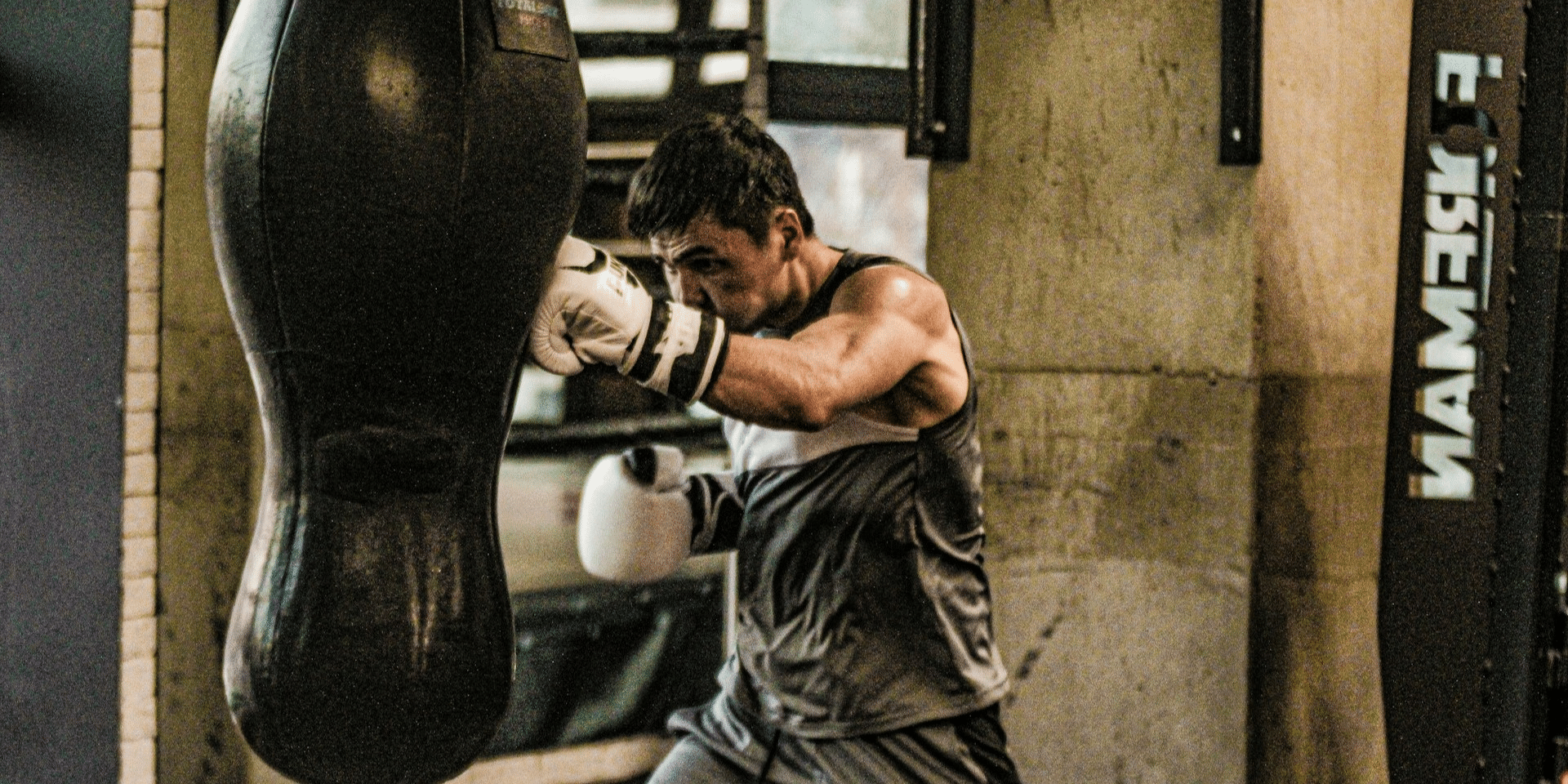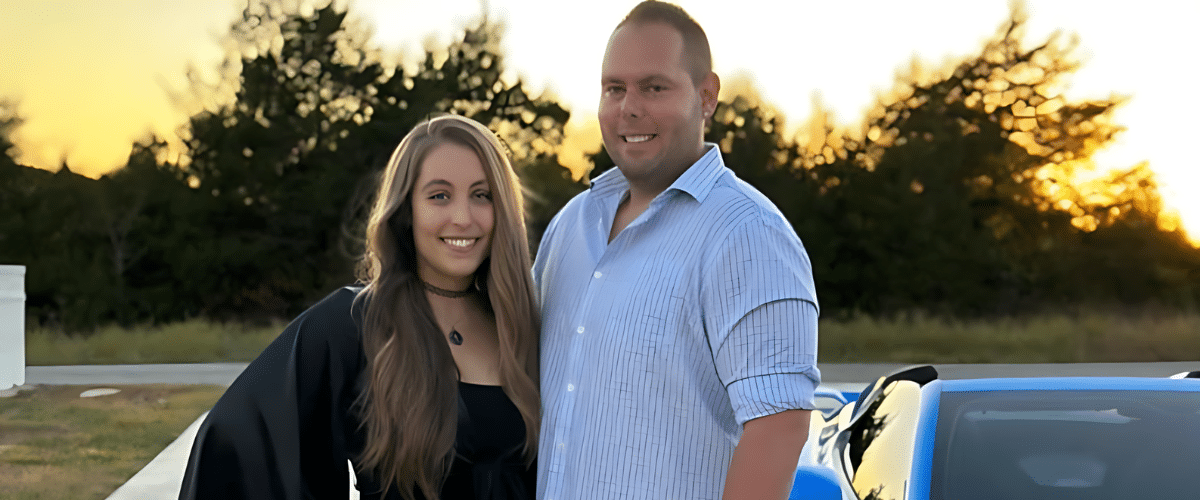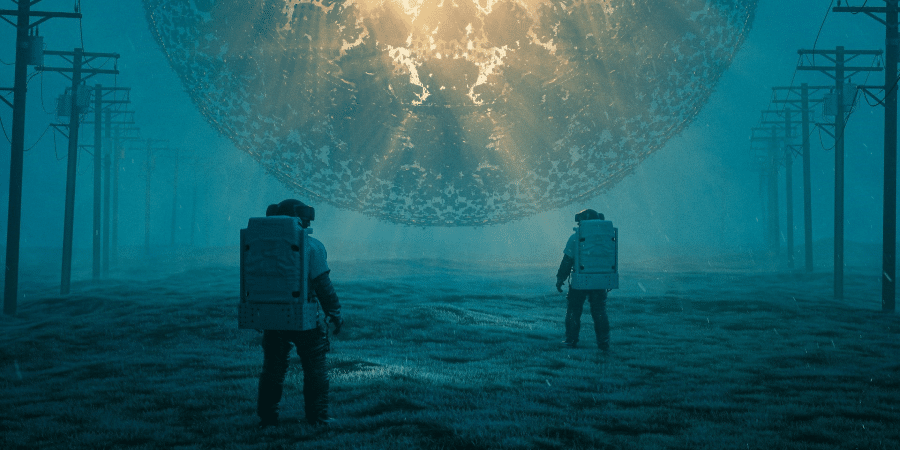We all know mirrors reflect our image, but in the world of filmmaking, they become much more than a vanity tool. Mirrors, strategically placed within a scene, can be powerful compositional elements, adding depth, intrigue, and a touch of the unexpected to a film. So, how exactly do these everyday objects elevate a movie from good to great? Let’s delve into the fascinating world of mirrors in film and explore their impact on storytelling.
Beyond the Obvious: Mirrors as Framing Devices and Visual Storytelling
Mirrors aren’t just passive reflectors; they can be powerful framing devices that guide the viewer’s eye and focus attention on specific elements within a scene. Imagine a close-up shot of a character’s face reflected in a shattered mirror, the fragments mirroring their fractured emotional state. Or picture a wide shot where strategically placed mirrors create an endless kaleidoscope of reflections, hinting at the character’s internal struggles and the overwhelming nature of their situation.
A recent article in Filmmaker Magazine explores the use of mirrors as framing devices, stating, “Mirrors can be used to create a sense of depth and dimension within a shot, drawing the viewer deeper into the narrative and the character’s emotional space.” By manipulating reflections and angles, filmmakers can create a visual language that complements the spoken word and conveys unspoken emotions.
This visual language can be subtle, like using a mirror to frame a character’s hand reaching for a hidden weapon, or it can be overt, like using a distorted reflection to foreshadow a character’s descent into madness.
Beyond Reality: Mirrors and the Distortion of Perception
Mirrors have the unique ability to distort reality, creating a sense of unease or disorientation within a scene. Imagine a horror movie where a character sees a monstrous version of themselves in a dusty antique mirror, foreshadowing a dark turn of events. Or picture a thriller where a hallway lined with distorted mirrors creates a sense of endless pursuit and paranoia, blurring the lines between reality and the character’s escalating anxieties.
A recent study by the University of Southern California explores the psychological impact of distorted reflections in film, stating, “Mirrors can be used to tap into our subconscious fears and anxieties, creating a sense of unease and blurring the lines between reality and illusion.”
By manipulating reflections, filmmakers can add a layer of psychological complexity to the narrative, keeping the audience on the edge of their seats and questioning what they’re actually seeing. This can be particularly effective in genre films, where the distorted reflections can heighten the suspense and horror, but it can also be used in dramas to explore themes of self-deception and the unreliability of memory.
Beyond the Surface: Mirrors and the Exploration of Identity
Mirrors can also be powerful tools for exploring themes of identity and self-perception. Imagine a coming-of-age film where a character stares at their reflection in a crowded school hallway, questioning who they are and how they fit in. Or picture a drama where a ballet dancer practices meticulously in front of a mirror, their reflection serving as both a harsh critic and a source of inspiration.
A recent documentary on body image explores the use of mirrors in film to explore self-perception, stating, “Mirrors can be used to confront characters and viewers alike with their own image, sparking introspection and prompting conversations about identity and self-acceptance.”
By reflecting back not just physical appearance but also emotional states, mirrors can become catalysts for powerful character development and audience self-reflection. This can be a particularly powerful tool in films that deal with themes of self-discovery, body image, or mental health.
The Final Reflection: A World of Possibilities
The use of mirrors in film goes far beyond simply showing a character’s reflection. They can be powerful tools for enhancing composition, distorting reality, exploring themes of identity, and ultimately, drawing the audience deeper into the narrative.
So, the next time you watch a film, pay close attention to the placement of mirrors. You might be surprised by the depth and complexity they add to the story unfolding on screen. Remember, a well-placed mirror isn’t just a reflection; it’s a portal into the characters’ inner world, a gateway to a more immersive cinematic experience, and a silent character with the potential to reveal hidden truths and unspoken emotions.







